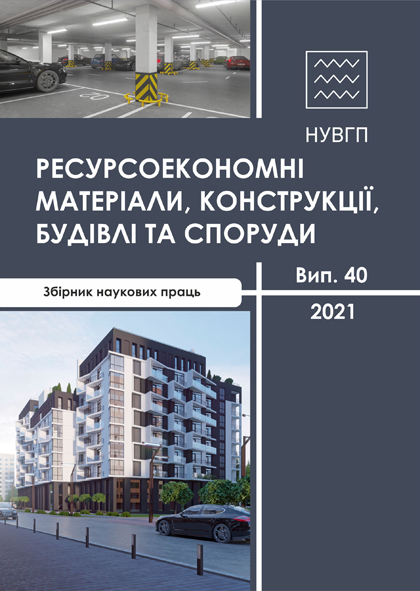EXPERIMENTAL STUDIES OF THE INFLUENCE OF THE RUBBER CRUSH CONTENT ON THE PROPERTIES OF ASPHALT CONCRETE MIXTURES
DOI:
https://doi.org/10.31713/budres.v0i40.09Abstract
The article presents the results of experimental studies of the rubber crumb effect used as a modifier on the structure and properties of bitumen, and, accordingly, asphalt mixture, which will improve the physical and mechanical properties of such materials.
To a large extent, the quality of roads will depend on the pavement and the materials of which it is composed. As of today, the pavement construction is one of the most responsible elements of the highway, which provides safe and convenient goods and passengers transportation.
Therefore, many countries around the world pay considerable attention to the proper choice of materials for structural layers of pavement.
Particular attention should be paid to bitumen, which is part of asphalt concrete. Today the problem of improving the road bitumens quality is especially relevant, the solution of which will extend the service life of road asphalt pavements, their durability and increase the efficiency of work when using them in construction and repair.
The solution to the problem of improving the bitumen quality is possible through the use of various additives for its modification. Among the large number of fairly common modifiers, the rubber crumb deserves attention.
With the introduction of rubber crumb in the bitumen increases composition the durability of pavements in conditions of variable temperature and humidity, improves the frictional properties of pavements, so you can in some cases reduce the consumption of high-strength gravel. Asphalt concrete made on the basis of bitumens, which are modified with rubber crumb, has higher strength, water resistance, compared to other asphalt concretes. In this case, the dynamic effects on the layers placed at the bottom are reduced and the probability of cracks further destruction and other defects of the overlapping layers is reduced.

